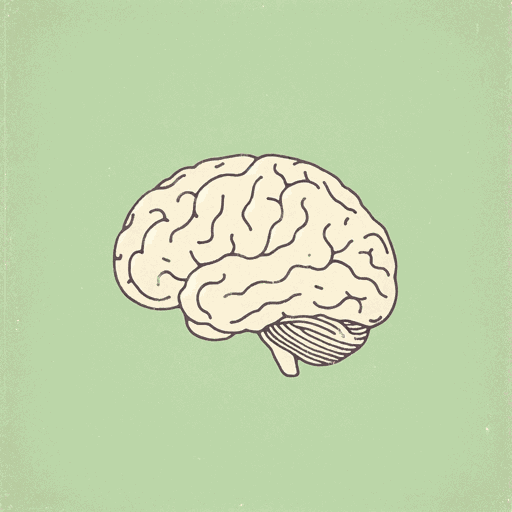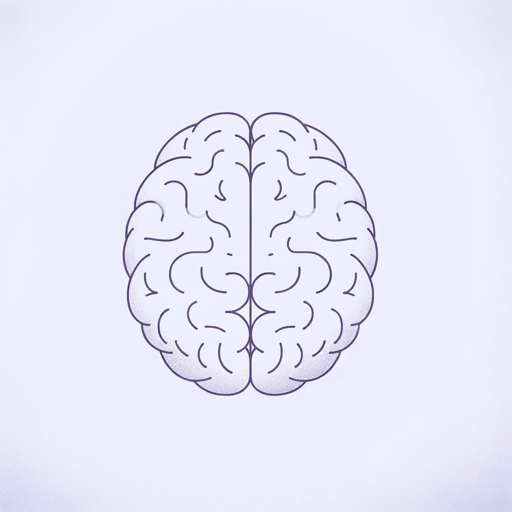67 pages • 2 hours read
Oliver SacksThe Man Who Mistook His Wife for a Hat
Nonfiction | Book | Adult | Published in 1985A modern alternative to SparkNotes and CliffsNotes, SuperSummary offers high-quality Study Guides with detailed chapter summaries and analysis of major themes, characters, and more.
Themes
Human Resilience
From the onset, Sacks makes it clear that his view of neuroscience is different from earlier practitioners. He explains the favorite word of neuroscience is “deficit,” yet throughout the book, he shows that some deficits can lead to heightened use of other parts of the brain. He explores how “deficits” can also empower patients to find alternative ways to be in the world. Many of the symptoms that neurologists observe in patients are not only symptoms of deficit, but also the brain’s attempt to right itself after losing one or more of its faculties.
One of the neuroscientists that Sacks quotes, Kurt Goldstein, coined the term “self-actualization,” which became one of the founding theories of the humanistic psychology movement of the 1970s and beyond. The term suggests that human beings have an innate tendency to grow and show their full potential. Even when their brains are injured, human beings continue to try to enact this self-actualization principle, as Sacks demonstrates.
In some cases, patients find alternative ways to function, even if they’ve lost their primary way of relating to the world. In the case of Chapter 1’s Dr. P.—the titular case—the patient unconsciously relies on music, both his ability to recognize music and the “music of the body” to compensate for his visual 







Related Titles
By Oliver Sacks

An Anthropologist on Mars: Seven Paradoxical Tales
Oliver Sacks

Hallucinations
Oliver Sacks

Musicophilia: Tales of Music and the Brain
Oliver Sacks

On the Move: A Life
Oliver Sacks

Seeing Voices
Oliver Sacks

The River of Consciousness
Oliver Sacks

Uncle Tungsten
Oliver Sacks
